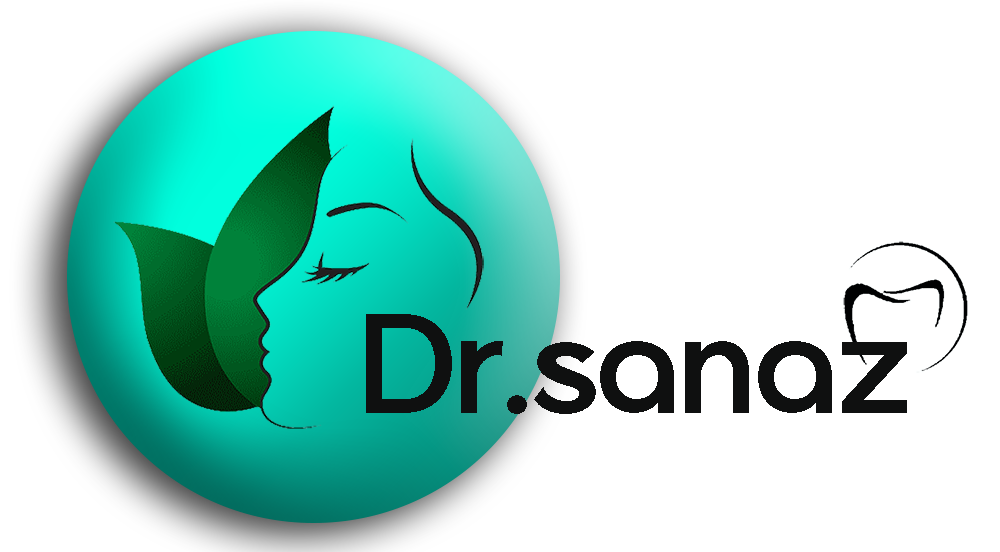
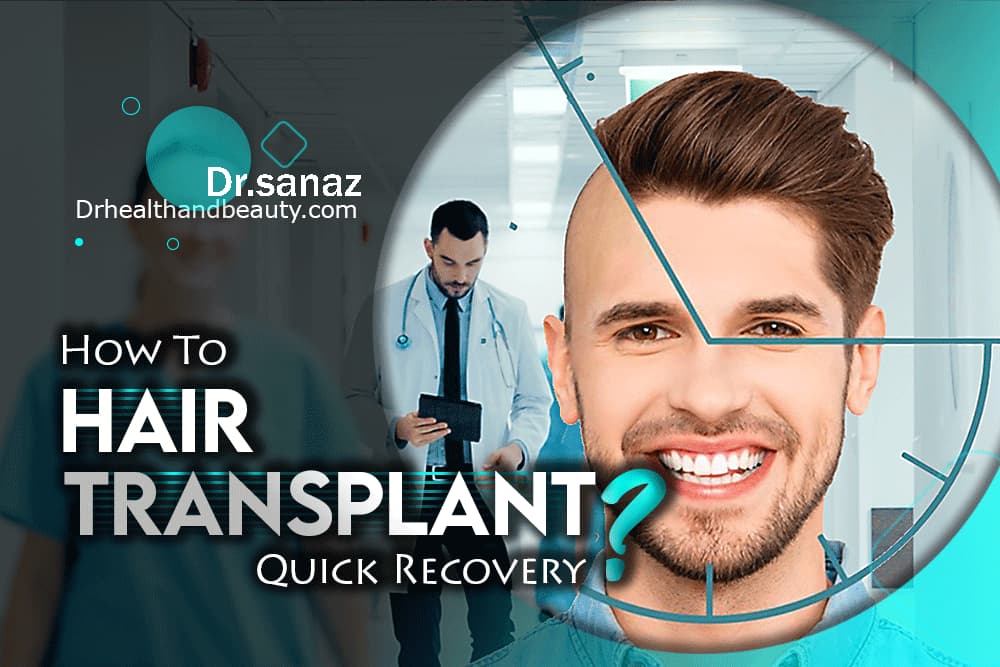
How To Hair Transplant Quick Recovery?
Table of Contents
Hair transplantation is a surgical procedure associated with removing follicles from the donor area or hair bank and transplanting them to the recipient area. The donor area means the back and sides of the head, which have good hair density, and the hair in these areas, compared to Hair loss and hormonal changes, are resistant, and the donor area is the hairless area.
An essential thing about hair transplantation is that people who want this procedure must have a suitable hair bank to achieve ideal and natural results.
All people who suffer from hair loss or thinning hair and are eligible for hair transplantation can benefit from the permanent benefits of this method, such as improved appearance and increased self-confidence.
A hair transplant is a minimally invasive procedure that has impressive results. Usually, three to four weeks after a hair transplant, we will see hair loss, but after three to four months, the hair will grow again, and the final results will be visible nine months to one year after the surgery.
Related: “Home Remedies For Hair Fall And Regrowth“
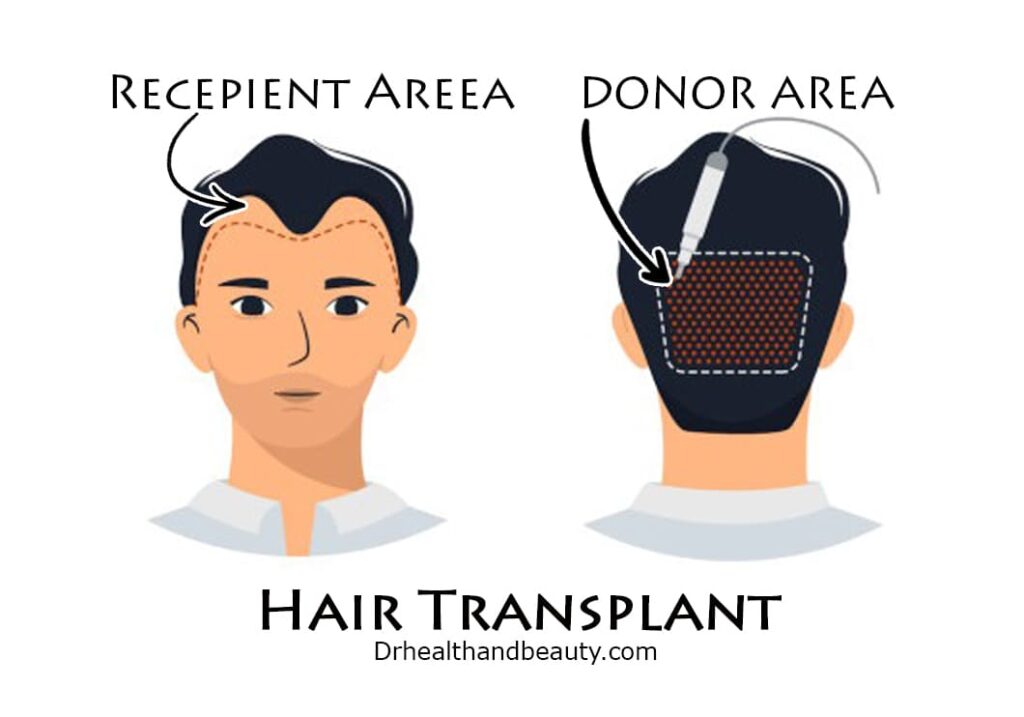
Points to consider before hair transplantation
People who want to do hair transplantation should keep a series of things and tips in mind. Including:
The most important and the first thing you should do is consult your doctor to see if you need a hair transplant. Many applicants may have hair loss for reasons other than hereditary so drug therapy can solve their problem.
After confirming the hereditary nature of hair loss and the need for hair transplantation, you should pay attention to other things, including the appropriate age for that, usually for people over 23 years old. Also, research the types of its methods and find a reliable and experienced clinic for this work. As mentioned earlier.
The best method currently is the SUT method, which has many advantages.

Most importantly, a person should have reasonable and realistic expectations of the implantation results. For example, it should be considered that if a person has sparse hair, they should not expect thick hair after transplantation, and people with thicker hair will have better results.
Thick gray or light hair results better than thin and darker hair.
Hair may take nine months or more to grow in the donor area.
Smokers are more likely to have complications after implantation. If you are 100% going to do this procedure, you should quit smoking a few weeks before.
It may be necessary to continue taking medications that help stop hair loss after implantation.

Recommendations after hair transplantation
Here are some practical suggestions for quick recovery:
- Preventing swelling: the first step in quick recovery is preventing the swelling. To prevent swelling in the forehead area, put an ice compress on it the first night after planting. Do not do this if you have sinusitis. To do this correctly, you can do this every hour for 20 minutes. You should keep the ice on your forehead for 1 minute each time.
- Rest and how to sleep after hair transplant: We advise you to rest entirely the day after a hair transplant. To sleep correctly, place two pillows under your head so that the head has an angle of 30 degrees. Preferably, sleep with the chest and stomach facing up.
If you cannot sleep in this position, sleep on your right or left side. Note that enough sleep is essential to quick recovery and hair growth.

- How to open the dressing: It is better to leave the opening to the Clinic. If you do not have the conditions to stay open the dressing, follow the instructions. First, remove the lace hat on your head called Serji Fix. Then, cut the area between the transplanted and harvested hairs from the side of the ear and gently remove the bandage from the harvested area.
For the planting area, remove the upper layers slowly, pour a lot of water on the lower layers attached to the planting area, and wait until the dressing is thoroughly wet. After about 15 minutes, gently remove the dressing from the implanted area.
- Nutrition after hair transplantation: it is recommended to take vitamins in the morning after hair transplantation during breakfast; Include liquids and fruits with vitamin C, such as pineapple and oranges, in your diet for quick recovery.
- Medicines after hair transplant: if prescribed by the doctor, take cephalexin every 6 hours and take zinc tablets continuously.
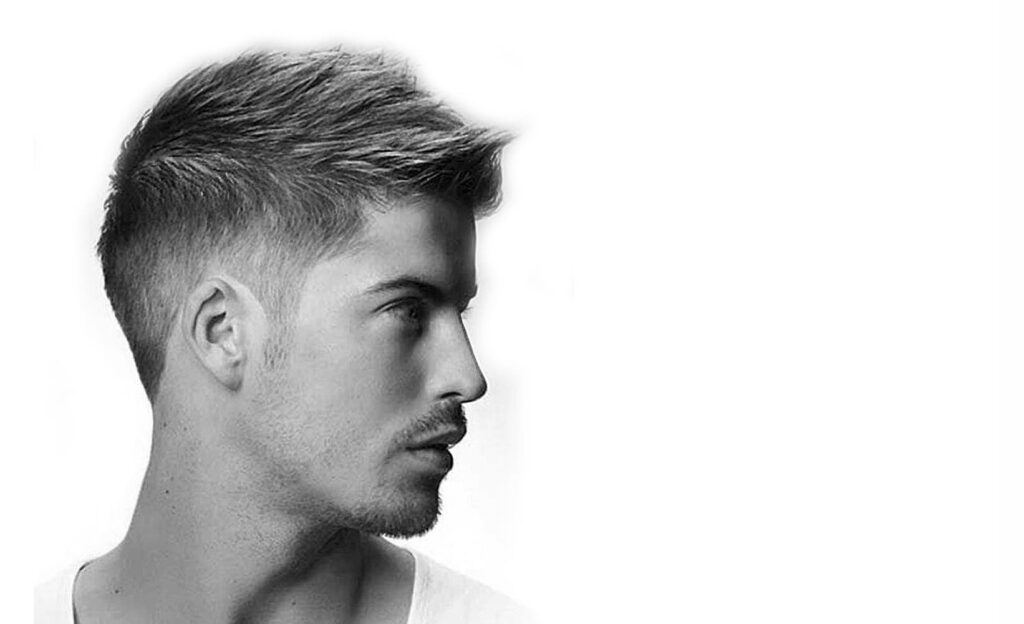
- Head washing, smoking, and exercise: After opening the bandage for three days after Hair Transplant, spray the mentioned areas with a unique spray Hair Transplant; it is better to do this every few hours. It is not necessary to do this while sleeping.
After opening the head dressing with a sponge soaked in foam suitable for hair transplant shampoo, tap vertically two times a day. This blow should not press the sponge on the head. Remember that this washing should not be in massage or circular movements, and rinsing should not be done by a direct shower.
Doing this twice daily for two weeks is recommended until the scabs fall entirely off. During this time, moisturize the area of the transplanted hair with regular water several times daily.
From the third week after planting, you can wash once a day. You can even stretch your hand (in one direction only) over your head. To do this, gently pull the palms of your fingers on your scalp in one direction and let the resulting scabs fall off by themselves. So that no more scabs remain, the remaining scabs may cause infection after planting. you could not touch them with your nail. Doing this would be useful in reducing inflation and speeding up recovery time.
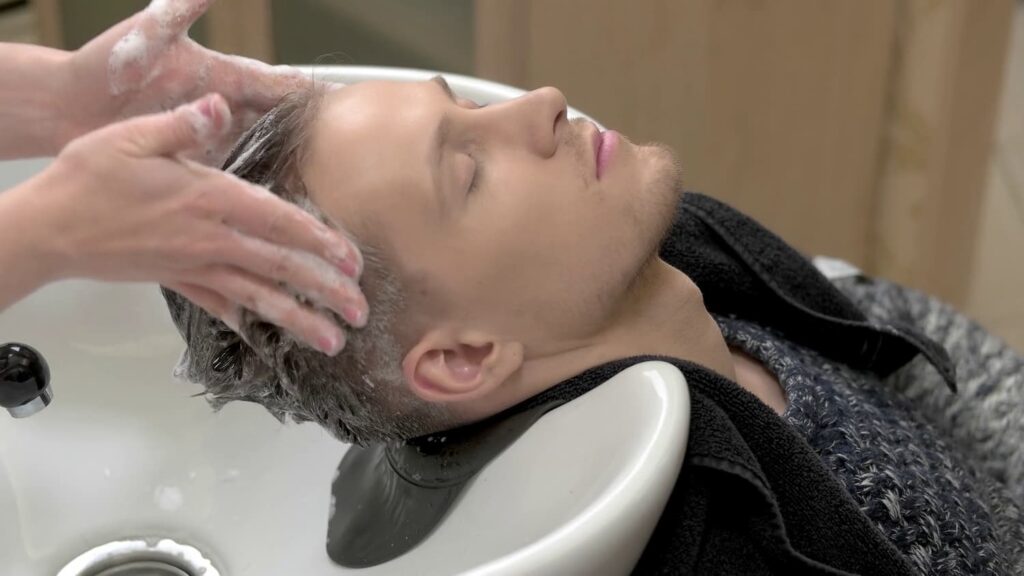
- Smoking: As explained in the recommendations section before hair transplantation, smoking, and hookah are prohibited for three weeks after hair transplantation.
Consumption of alcoholic beverages: consumption of alcoholic beverages is prohibited until one week after planting; Because it causes a change in the normal process of blood circulation, it also reduces the effect of anesthetic drugs.
- Exercise: Avoid professional sports and heavy sports, such as swimming, wrestling, climbing, etc., for one month after hair transplant.
- Hair care: Avoid straightening, curling, and hair dryers. After a month, you can comb your hair in one direction only.

- Hair dyeing: If you need to dye your hair, do it from the sixth month onwards.
- Shampoo: Use the prescribed shampoo for washing up to one month after planting. After that, you can consult your doctor to use the right shampoo for your scalp.
Hair loss after implantation: from one week to one month after implantation, the implanted hair will begin to fall out but do not worry, this process is entirely normal, and after the mentioned period, the shed hair will start growing again, and the redness of the implanted area will disappear.
However, in some people, shedding may continue until the beginning of the sixth month. However, contact your doctor if you lose hair after the sixth month.
Head numbness after a hair transplant may last until the beginning of the sixth month. In the first months, if you have numbness in the implanted area, there is nothing to worry about.

Hair transplant methods
Various methods are available, and the doctor, based on the examinations and examinations he conducts in the consultation sessions, concludes which method is more suitable according to your conditions and the most beautiful and ideal results.
Almost all methods are performed with minimal invasiveness, and the possibility of complications is very low.
The general nature of the methods is similar in that it involves harvesting healthy follicles from the donor area and their transplantation in the recipient area. However, the main difference is in the method and technique of graft harvesting.
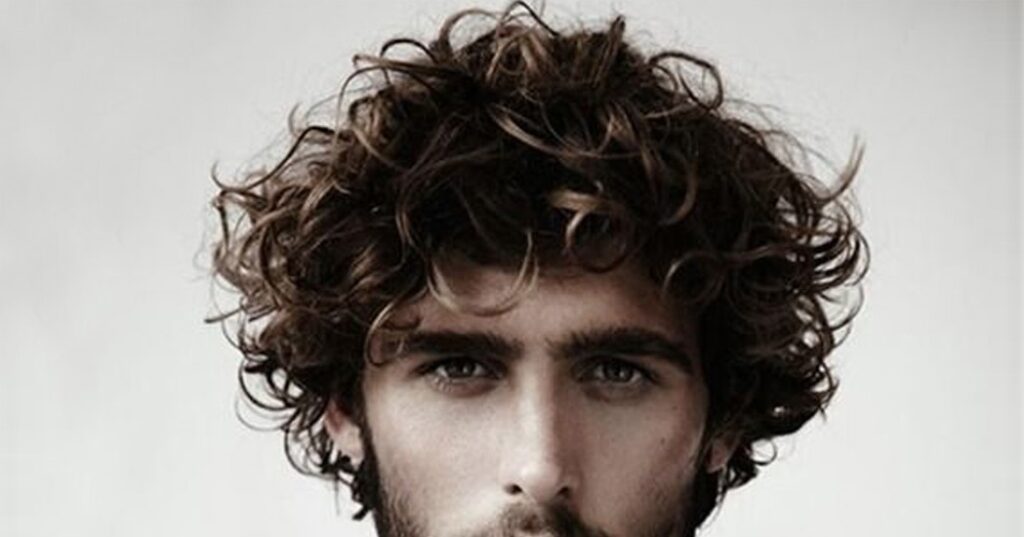
Different types of hair transplant methods include the following:
- FUT hair transplant
- Hair transplant by FIT method
- Hair transplant by SUT method
- Hair transplant by micrograft method
- Hair transplant by Micro FIT method
- Combined hair transplant
- Super combined hair transplant
- BHT hair transplant
- Super FUE hair transplant
- DHI hair transplant
- Sapphire FUE hair transplant
- Hair transplant with ARTAS device
- Hair transplant by neo-graft method
Conclusion
Although a hair transplant can restore your beauty and attractiveness, don’t think that it is over after the surgery! Rather, hair complications are common and by knowing them and care methods, you can have a quick recovery. Post-hair transplant care is as vital as the surgery itself and can significantly affect its success rate.
Hair and scalp care includes feeding, washing, and resting, and you can gradually reduce its level in the weeks after the operation. Hair care is very important especially in the first week and month to speed up the recovery. In this article on Drhealthandbeauty, we tried to comprehensively introduce and describe the types of care after hair transplantation.
Share in :
Explore more

